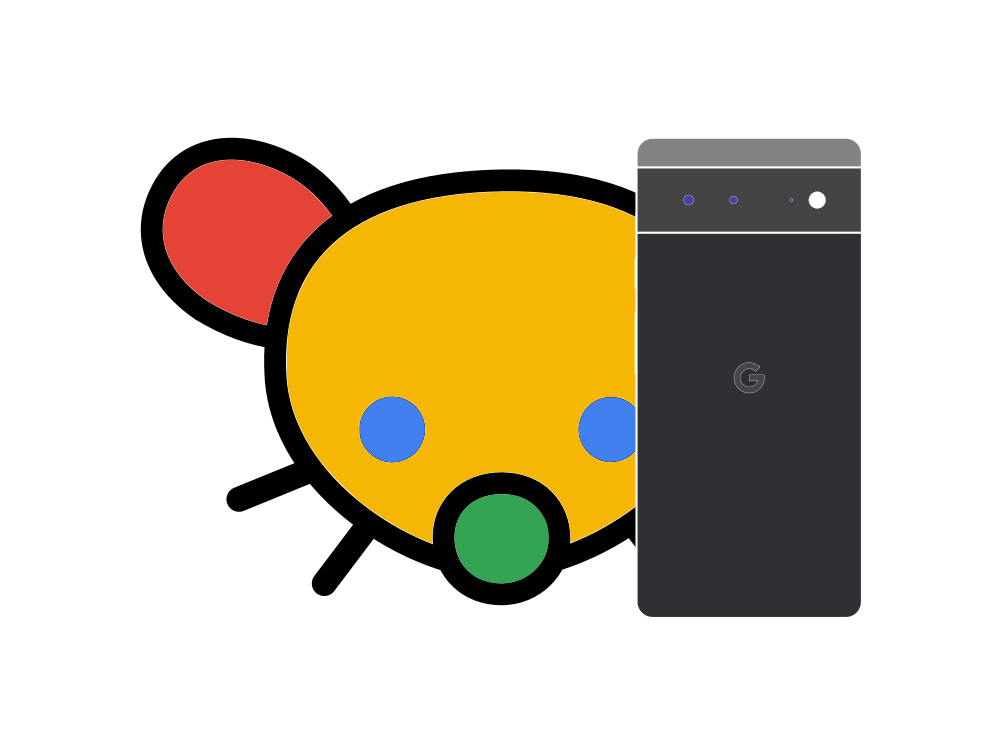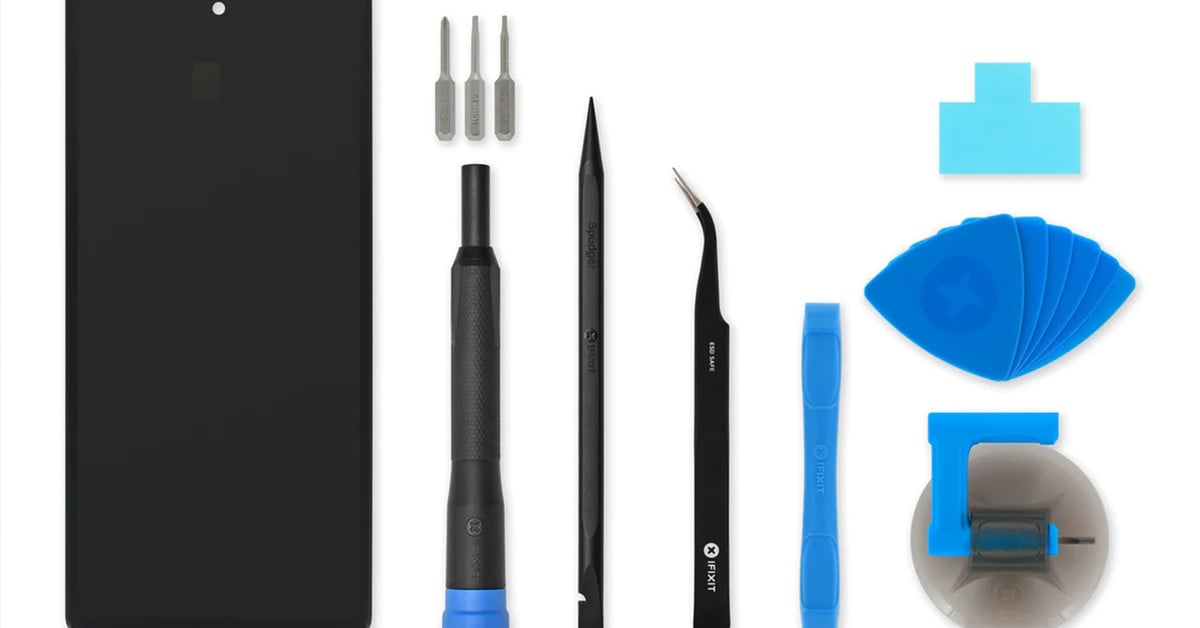

Also looks like it’s removing an important visual affordance (i.e., which areas you can click to drag the window), unless I’m misinterpreting it
The top bar has been full of buttons with no whitespace for a year or more now, that’s not new (you can still drag the window using the whole bar, but it’s definitely not intuitive and made me subconsciously do Win+drag to be safe many times).
This seems to be a relatively minor visual update to have the left sidebar fill the whole window - maybe they want more space for shortcuts at a given window height? No clue.
Edit: never mind, checked again and it’s literally just a tiny visual update with no change to the actual content of the sidebar, but it takes some space away from the top bar.






They would have to sign another contract for another 24 months to get it, nobody was getting an upgrade on the existing contract because it’s just a bundle of Google services (One, YT Premium etc.) and financing on the phone. And if you don’t care about the services, Google’s two year financing is cheaper than this bundle.